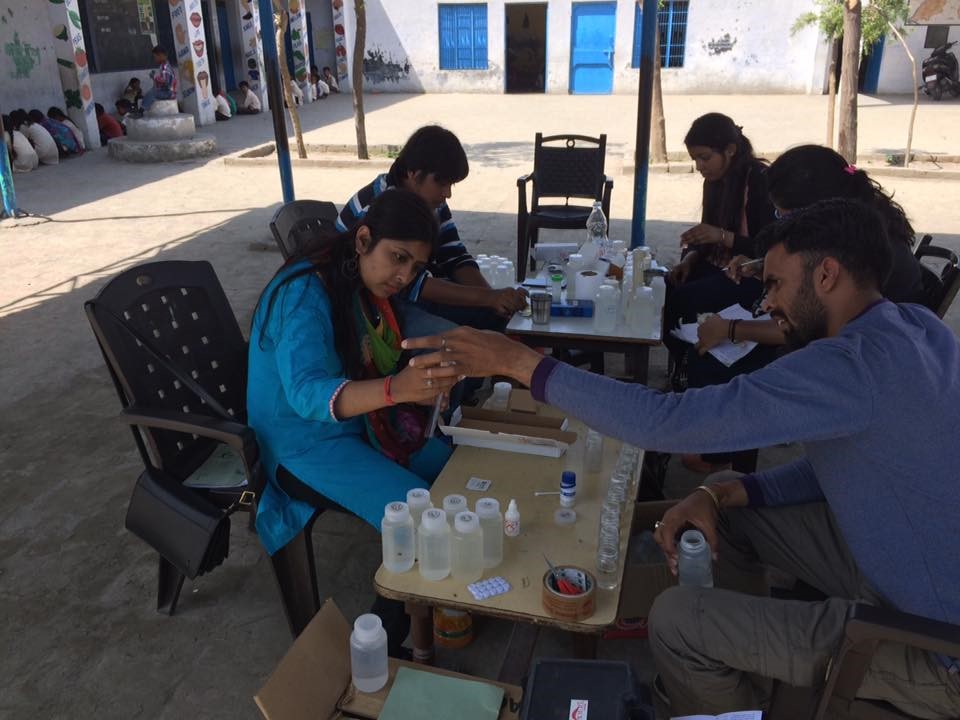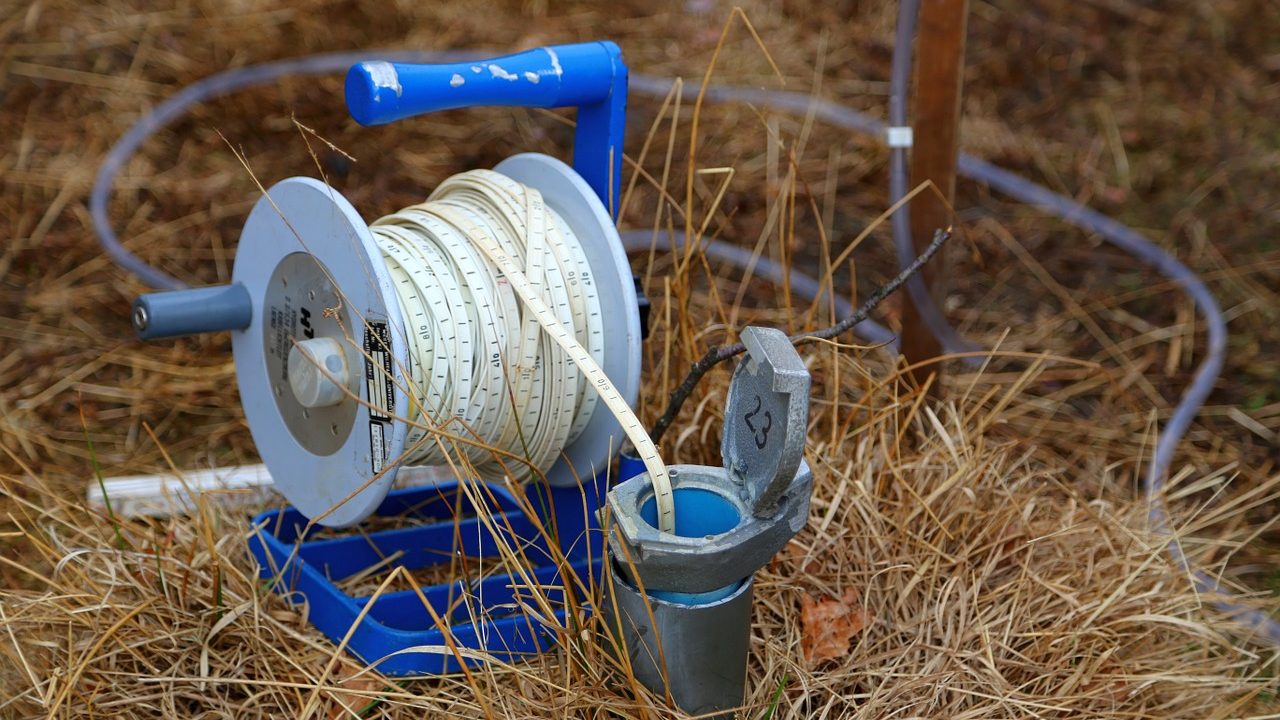A new survey has shown that there is a major problem of arsenic contamination of groundwater in flood plains of Ravi river on both sides of the India-Pakistan border.
The study covered 30,567 wells in 383 villages dotting along both sides of the border and it found that as much as 23 per cent of them had arsenic content higher than the limit set by the World Health Organization. The problem appeared to be more severe on the Indian side.

The researchers tested water samples from 13,000 wells from 199 villages on the Indian side and 17,567 wells from 184 villages on the Pakistan side. But the proportion of wells with higher level of arsenic was more in the Indian villages at 25 per cent. Water samples were tested using a portable field kit. Later a set of sub-samples was also tested in laboratory to validate the results.
So far, arsenic was considered to be a major problem mainly in the Ganges-Brahmaputra basin comprising of West Bengal, Bihar, Jharkhand, Uttar Pradesh, Assam, Manipur and Chhattisgarh. “It was known also that there is arsenic contamination in groundwater in Punjab. But full extent of the problem was not known as studies conducted so far were limited in scope. Now it is clear that Punjab’s floodplains are also severely affected by arsenic contamination,” Dr. Chander Kumar Singh, lead researcher, explained while speaking to India Science Wire.
The study was conducted jointly by New Delhi-based TERI School of Advanced Studies, Islamabad-based Quaid-i-Azam University and Columbia University of New York. In India, water samples were tested onsite in the Amritsar, Gurdaspur and Tarn Taran along with Pathankot, Faridkot, Bhatinda, Jalandhar, Firozpur and Fazilka districts in Punjab.
In some wells, arsenic levels were found to be 20 to 50 times higher than WHO prescribed limits of 10 microgram per liter. However, it was found, 87% of households that had wells high in arsenic also had access to wells with cleaner water within a distance of 100 metres.
After conducting the tests, the surveyors informed households about the status of their wells. Hand pumps with higher levels of arsenic were marked with red metal placards and those safe with blue placards. The location of households and survey data was recorded on GPS to help future studies.
“We conducted a follow-up study one year later in five villages in Pakistan and found that the arsenic level was elevated in 59% of the wells. However, two-thirds of households indicated that they had switched to a neighboring well in response to the testing”, Dr. Singh said.
Apart from Dr. Singh, the research team included Anand Kumar (TERI School of Advanced Studies); Alexander Van Geen and Taylor Ellis (Columbia University); and Junaid Ali Khattak, Abida Faruqi, Nisbah Mustaq and Ishtiaque Hussain (Qaide-Azam University). The research results have been published in journal Science of the Total Environment. (India Science Wire)
By Umashankar Mishra
Journal Article
If you liked this article, then please subscribe to our YouTube Channel for the latest Science & Tech news. You can also find us on Twitter & Facebook.



